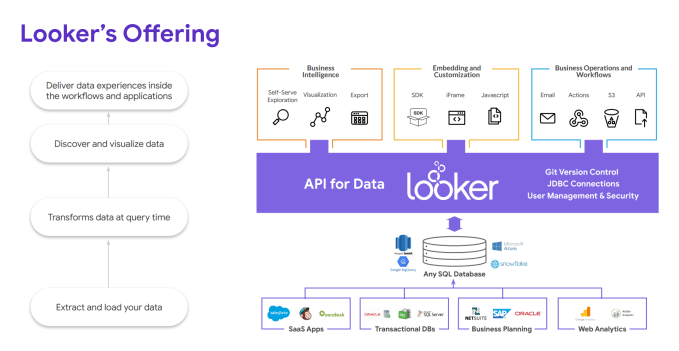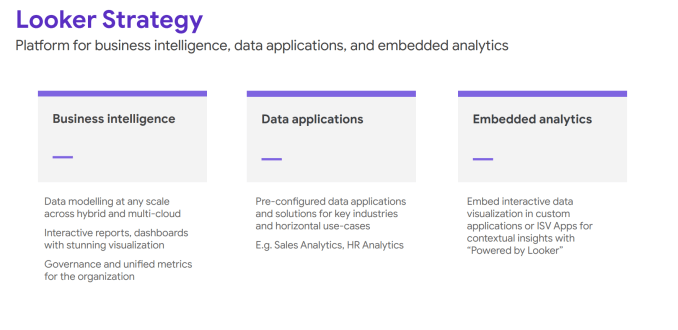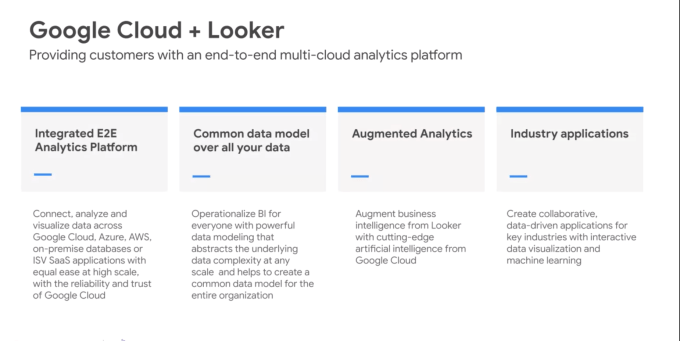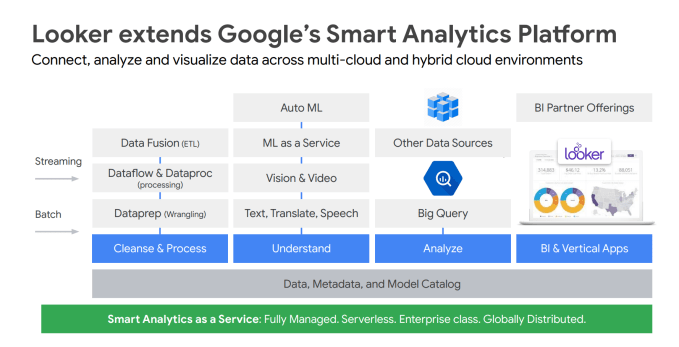FRANKFURT — It’s a scary time to be in the car business.
The internal combustion engine is under attack from electric challengers. Car ownership is becoming optional in the age of Uber. Regulators around the world are fining companies that don’t do enough to cut CO2 emissions, even as buyers demand gas-guzzling S.U.V.s. Global auto sales are slipping for the first time in a decade, disrupted by President Trump’s escalating trade war.
With so much bearing down on them simultaneously, it’s little wonder that companies like Fiat Chrysler and Renault were considering joining forces to survive. Fiat Chrysler’s decision Wednesday night to withdraw its offer to merge with Renault, citing government demands in France, was another reminder that change is complicated for traditional carmakers.
The aborted proposal to create the world’s third-largest automaker was a response to the disruption threatening an industry that accounts for many of the world’s factory jobs and is crucial to the economic fortunes of the United States, Japan and Europe.
New technology has unraveled industries like entertainment, media, telecommunications and retailing, weakening the job security of millions of workers and helping to fuel populism. Carmakers, clearly, are next.
“It’s going to be the biggest change we’ve seen in the last 100 years and it’s going to be really expensive even for the biggest companies,” said Erik Gordon, a professor at the University of Michigan Ross School of Business.
The major auto companies will spend well over $400 billion during the next five years developing electric cars equipped with technology that automates much of the task of driving, according to AlixPartners, a consulting firm. They must retool factories, retrain workers, reorganize their supplier networks and rethink the whole idea of car ownership.

For the auto manufacturers, this upfront investment is a matter of survival. If they don’t adapt, they could become obsolete. Yet no one is even sure whether customers are really willing to pay for the technology and whether it will ever earn a profit.
Investors have already signaled who they think will come out ahead of this transformation. The electric carmaker Tesla, despite all its problems, is still worth more on the stock market than either Fiat Chrysler or Renault. Uber is worth much more than the two combined, even after reporting a $1 billion quarterly loss.
[Read more about how the Fiat Chrysler talks with Renault fell apart.]
The stakes for society from this industrial realignment are high. Car companies like Volkswagen, General Motors or Toyota are among the last employers that operate vast factories where thousands of workers pour in and out of the gates at shift changes.
Worldwide, eight million people work directly for auto manufacturers, and many times more work for companies that supply brakes, tires, sensors and other components.
Those jobs are threatened. Last year global car sales declined for the first time since 2009. Though small, the decrease may signal the onset of a global recession because the auto industry is such an important economic catalyst, analysts at Fitch Ratings said in a recent report.
The immediate cause of the dip in sales was President Trump’s tariffs on Chinese goods last year, which hurt the Chinese economy and brought sales growth there, the world’s largest car market, to a standstill. American carmakers suffered too. Ford’s sales in China plunged 36 percent in the first three months of 2019, to 136,000 vehicles, because of the tariffs, the company said. But there are also ominous long-term trends at work.
China increasingly rules the global auto market and determines its course. In recent years, China’s voracious appetite for vehicles has accounted for almost all of the growth in global sales. Chinese consumers bought 24 million cars last year, far more than any other nation. Americans were a distant second with 17 million cars. General Motors sells far more cars in Asia — 947,000 in the first three months of this year — than it does in the United States.
Auto sales in America and Europe are stagnant and the growth in potential drivers is not encouraging. The number of young Americans acquiring driver’s licenses has been falling since the 1980s, according to research by Michael Sivak, a former professor at the University of Michigan.
Increasingly car ownership is a luxury rather than a necessity. In urban areas, where more and more of the population lives, people can avoid parking costs and the expense of insurance by relying on ride services like Uber or Lyft or hourly rentals with services like Zipcar.
The wavering relationship between consumers and cars has been hastened by the emergence of climate change as a potent political issue, as well as worsening air quality in major cities. Transportation accounts for about one-fifth of carbon dioxide emissions worldwide, according to the World Bank. Policymakers, responding to public opinion, have been forcing auto companies to improve fuel efficiency and reduce emissions. Carmakers’ ability to push back has been weakened since emissions cheating scandals were uncovered at Volkswagen and other carmakers including Fiat Chrysler.
In the European Union, carmakers must achieve average fuel economy equivalent to about 57 miles per gallon by 2021 or pay substantial fines. But European carmakers are behind on achieving the goals, in part because European consumers, like people in the United States and Asia, have developed a taste for thirsty S.U.V.s. As a result, the car companies face penalties of 34 billion euros, or about $37 billion, the research firm JATO Dynamics estimates.
The potential fines were one of the reasons that Fiat Chrysler sought a merger with Renault, which already has a longtime (if lately troubled) alliance with the Japanese carmaker Nissan. The French company offers battery-powered cars like the subcompact Zoe that would have made it easier for Fiat to hit the emissions targets.
The Trump administration has been rolling back air quality regulations, but even in the United States carmakers are under pressure. California and nine other states are requiring manufacturers to meet quotas for zero-emission car sales.
Regulators and a growing segment of environmentally conscious car buyers are pushing the internal combustion engine toward obsolescence. China, Britain and France lead a list of countries aiming to phase out cars that burn gasoline or diesel by 2040. Norway is trying to convert entirely to electric vehicles by 2025.
Auto executives in Detroit, Stuttgart, Yokohama and other carmaking capitals foresaw these seismic shifts years ago and have been preparing.
BMW has been selling an electric car, the i3, since 2013. Nissan introduced the battery-powered Leaf in 2010. Traditional carmakers like G.M., Daimler, BMW and Volkswagen responded to the decline in car ownership with their own ride-sharing services, albeit with mixed success.
But despite their size, automakers like Fiat Chrysler, Ford or Volkswagen are at a disadvantage to newcomers like Uber or Dyson, the vacuum cleaner maker that is developing an electric car. The old-line carmakers still get almost all of their revenue from cars with internal combustion engines, and must maintain factory networks that quickly become a financial drain when not running at capacity.
China is emerging as a new competitor — and it is battling saturation even in its domestic market. China is absorbing only half the cars that Chinese plants churn out each year. Big producers like Guangzhou Auto had been preparing to enter the United States until President Trump imposed 25 percent tariffs on Chinese cars.
So far Chinese automakers have made some inroads to European markets. Zhejiang Geely Holding Group has a foothold after buying the Swedish carmaker Volvo from Ford in 2010. Geely also owns the British sports car maker Lotus and the company that makes London taxi cabs, while its chairman, Li Shufu, owns about 10 percent of Daimler, the maker of Mercedes-Benz cars.
The shifting balance of power in the auto industry is already squeezing the lives of thousands of workers. General Motors, girding for a possible downturn, shut down its plant in Lordstown, Ohio, in March, one of four factories in the United States that it plans to mothball by the end of this year, eliminating more than 10,000 factory and white-collar jobs. Volkswagen said Wednesday it would create 2,000 new jobs in digital technologies while gradually cutting 4,000 jobs that would no longer be necessary because of automation.
By some estimates, half of all auto industry jobs in Germany are at risk. Battery-powered cars have far fewer parts than cars reliant on gasoline or diesel, endangering suppliers of valves, pistons and other parts in conventional engines. The most important part of an electric car, the battery cells, usually comes from Asia.
Mergers as big as Fiat Chrysler and Renault may prove too difficult to pull off but carmakers are already forming dozens of smaller alliances. This year, Ford and Volkswagen agreed to develop new commercial vans and pickups together to go to market by 2022 and cooperate on technologies like electric cars and autonomous driving. BMW and Jaguar said Wednesday they would cooperate to develop drive systems for electric cars.
These partnerships can be difficult to manage, as Renault’s recent experience with Nissan shows. The alliance of those carmakers survived for nearly two decades but is wobbly after the arrest in November of Carlos Ghosn, its chairman, on charges of financial wrongdoing. Mr. Ghosn denies the accusations.
Mr. Ghosn was keenly aware of the need for automakers to combine forces and, in part, his fervor undid his relationship with Nissan. In many ways John Elkann, the Fiat Chrysler chairman, and Jean-Dominique Senard, the chairman of Renault, were attempting to take his vision a big step further.
Large-scale alliances are essential “to have a path for success in this transformative era,” said Jim Press, former deputy chief executive of Chrysler.
“The companies aren’t going to do it alone.”
https://www.nytimes.com/2019/06/06/business/auto-industry-fiat-renault.html
2019-06-06 16:58:05Z
CBMiS2h0dHBzOi8vd3d3Lm55dGltZXMuY29tLzIwMTkvMDYvMDYvYnVzaW5lc3MvYXV0by1pbmR1c3RyeS1maWF0LXJlbmF1bHQuaHRtbNIBAA





